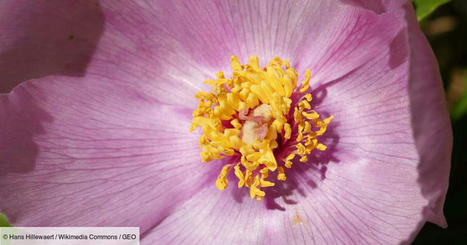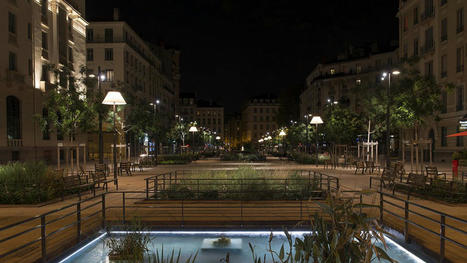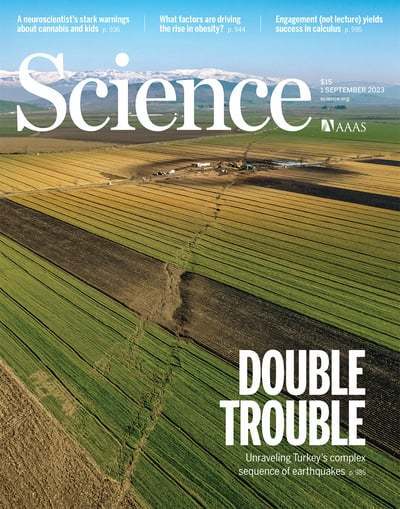Parmi les quelque 15000 espèces d'Europe figurant sur la liste rouge, une sur cinq est menacée d'extinction, d'après une étude. La situation est particulièrement préoccupante pour les plantes et les invertébrés. Selon les auteurs, l'agriculture est l'un des principaux facteurs en cause.
Research and publish the best content.
Get Started for FREE
Sign up with Facebook Sign up with X
I don't have a Facebook or a X account
Already have an account: Login
Revue de presse et du net par le Pôle de partage des connaissances S&T de l'Office français de la biodiversité
Curated by
DocBiodiv
 Your new post is loading... Your new post is loading...
 Your new post is loading... Your new post is loading...
|
|













Hochkirch A, Bilz M, Ferreira CC, Danielczak A, Allen D, Nieto A, et al. (2023) A multi-taxon analysis of European Red Lists reveals major threats to biodiversity. PLoS ONE 18(11): e0293083. https://doi.org/10.1371/journal.pone.0293083